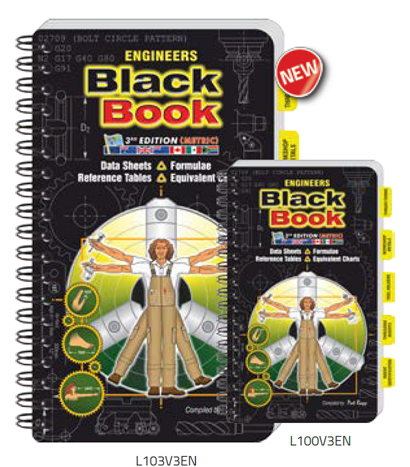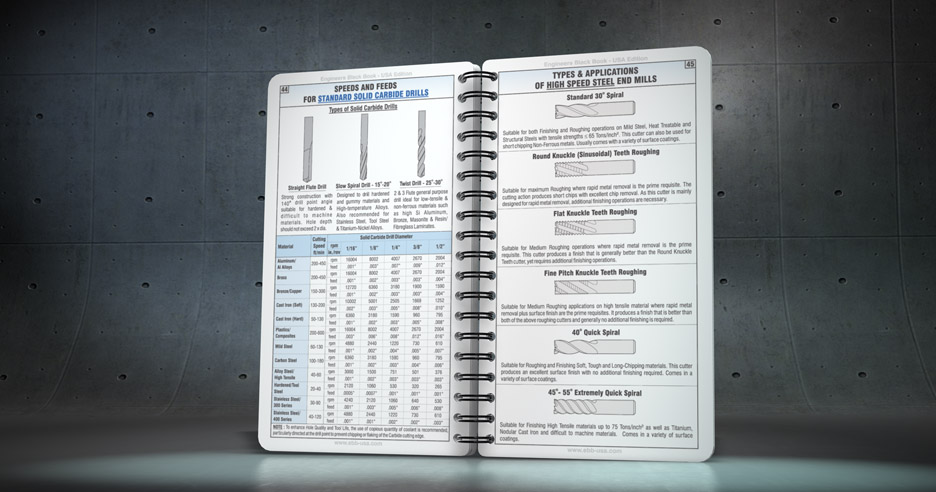

(Respectively, comprehensively expert / expert in specific area(s) of work / knowledgeable enough for simple work.) But these are not obligatory, as the BSI committee is at pains to point out in a ‘national annex NB’ which emphasizes that ‘the extent of education required by welding personnel should be decided by the manufacturing organization’.Ĭompilers of project specifications for work of any complexity might consider insisting upon a qualified welding engineer or equivalent. Helpfully, annex A of EN 719 suggests that the European Welding Federation’s qualifications as Welding Engineer / Technologist / Specialist would do nicely. What does this rather inelegant title actually mean in practice? Quite a few contractors operating in the UK steel buildings market have welding engineers on their staff, but rather more do not, so those of us on the other side of the contractual fence are torn between a long view that this will add value to the industry and a short term concern that old regimes must not be discarded before new ones can be relied upon.Įmbracing BSEN 1011, instead of BS 5135, means embracing BSEN 719 and 729, which call for the involvement of ‘welding coordination personnel’. The ‘European’ approach relies on the guiding hand of a welding specialist, employed by the contractor and given considerable freedom to set procedures, levels of inspection and response to test results. The subject is approached from a radically different perspective, not necessarily inferior to the traditional British approach but so different as to represent a culture change. The set of standards which deal with welding is a case in point. One feature on this occasion is that some of the new Euronorms are by no stretch of the imagination direct substitutes for the British Standards they replace. While the author was a member of the steering group, comments which follow are personal ones, from a specifier’s perspective, and carry no official status.Ī document like the Black Book needs to be overhauled at intervals, if only to keep up with the unrelenting flow of new and revised standards from BSI.

The purpose of this article is to review what has changed, both to inform and to stimulate debate on a wider front. The 4th edition that has now emerged owes much to its deliberations, ably chaired by Alan Pillinger of Bourne Steel. The BCSA, which gave birth to NSSS and remains its publisher, was mindful that its authority stems from consensus and accordingly gathered together a steering group representing all sides of the industry.
#Engineer black book update
When the time comes to update the Black Book, it is therefore the ‘Industry Standard’ provisions and procedures that are up for review.
#Engineer black book plus
One of the strengths of the National Structural Steelwork Specification for Building Construction (NSSS) since its inception is its dual format of printed ‘Black Book’ plus specially written ‘Project Specification’, the latter providing the vehicle for project-specific requirements as well as the contract- and siterelated information that tenderers need to know. Not to mention the surprising number of ‘ordinary average’ projects which turn out to have some special feature or other! That said, a ‘one size fits all’ philosophy would be doomed to failure – there will always be the projects, such as those which use steel aesthetically, for which it is legitimate, even essential, to set higher levels of performance. The idea of an industry standard specification is that this level of routine performance should be encapsulated in print, so that for the ordinary average project there is a clear understanding of what is expected and what to expect. In many of these respects, the well-advised client will moderate his demands within the bounds of what those on the receiving end of his specification are able to deliver without disproportionate effort and cost. Key issues for a typical steelwork contract include accuracy, protective treatment and weld quality assurance. Nobody knows better than a contractor that different things cost different amounts of money, so a clear and unambiguous definition of what’s wanted is in every party’s interest. They set standards and, along with drawings, act as a channel for the communication of design intent and consumer choice.

Specifications: they aren’t glamorous, but they are important to our industry.



 0 kommentar(er)
0 kommentar(er)
